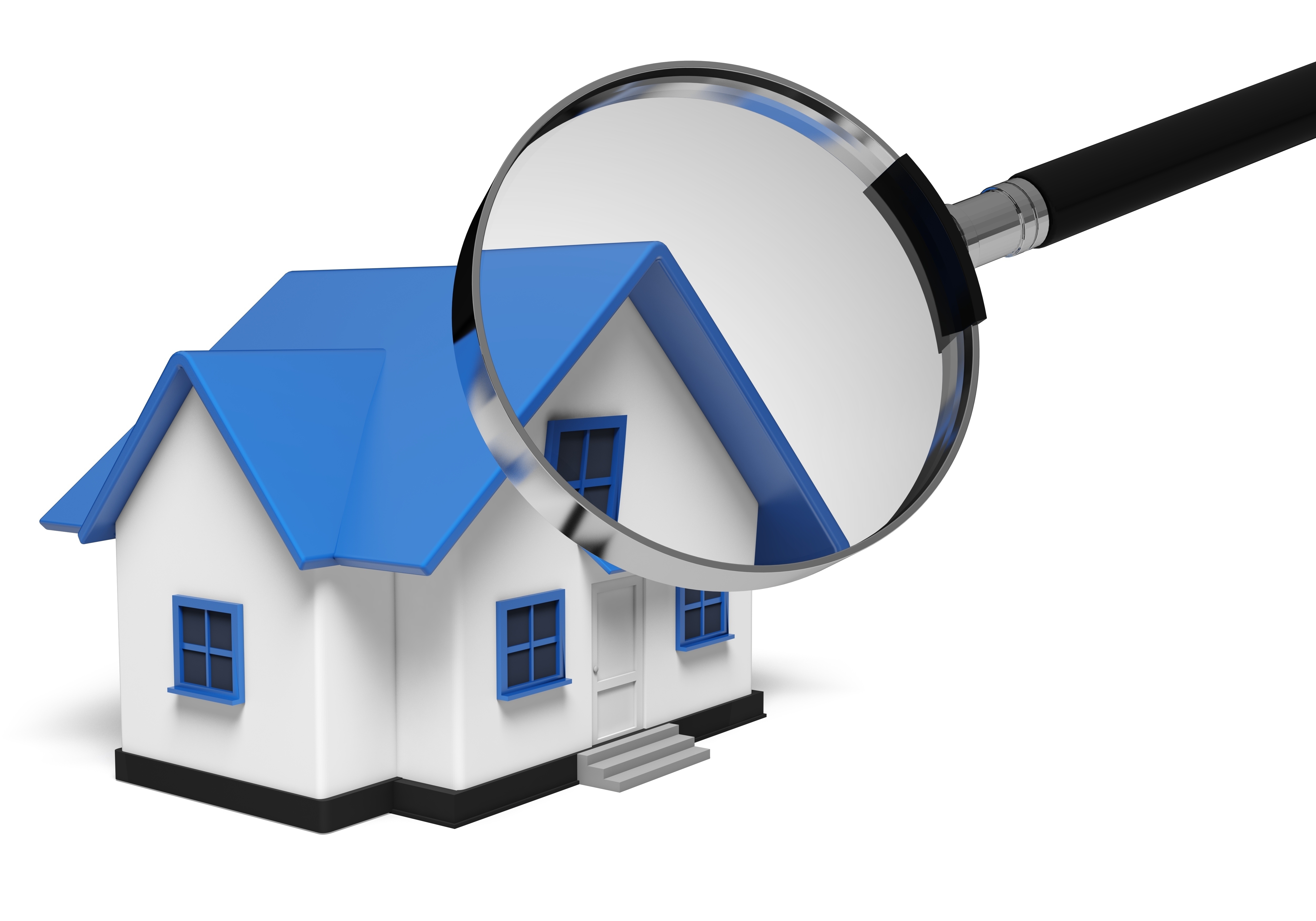
Comprehending AppraisalsA home purchase can be the biggest transaction most people may ever encounter. It doesn't matter if a primary residence, a seasonal vacation home or an investment, the purchase of real property is a complex financial transaction that requires multiple people working in concert to see it through. It's likely you are familiar with the parties taking part in the transaction. The most familiar entity in the exchange is the real estate agent. Next, the lender provides the money required to bankroll the exchange. And ensuring all areas of the sale are completed and that the title is clear to pass to the buyer from the seller is the title company. So, who makes sure the property is worth the amount being paid? This is where you meet the appraiser. We provide an unbiased estimate of what a buyer could expect to pay — or a seller receive — for a property, where both buyer and seller are informed parties. A licensed, certified, professional appraiser from John Fowler will ensure, you as an interested party, are informed. The inspection is where an appraisal startsOur first duty at John Fowler is to inspect the property to ascertain its true status. We must physically view aspects of the property, such as the number of bedrooms and bathrooms, the location, living areas, etc, to ensure they really are there and are in the condition a typical person would expect them to be. The inspection often includes a sketch of the house, ensuring the square footage is proper and illustrating the layout of the property. Most importantly, the appraiser looks for any obvious features - or defects - that would have an impact on the value of the property. Once the site has been inspected, we use two or three approaches to determining the value of real property: a sales comparison, a replacement cost calculation, and an income approach when rental properties are prevalent. 
Replacement CostThis is where we pull information on local building costs, the cost of labor and other elements to figure out how much it would cost to construct a property nearly identical to the one being appraised. This value commonly sets the upper limit on what a property would sell for. It's also the least used method. 
Paired Sales AnalysisAppraisers become very familiar with the communities in which they appraise. They innately understand the value of particular features to the homeowners of that area. Then, the appraiser researches recent transactions in the area and finds properties which are 'comparable' to the real estate at hand. Using knowledge of the value of certain items such as square footage, extra bathrooms, hardwood floors, fireplaces or view lots (just to name a few), we add or subtract from each comparable's sales price so that they more accurately match the features of subject property.
A valid estimate of what the subject could sell for can only be determined once all differences between the comps and the subject have been evaluated. When it comes to associating a value with features of homes in Peru and Clinton, John Fowler can't be beat. This approach to value is most often given the most weight when an appraisal is for a home sale. Valuation Using the Income ApproachIn the case of income producing properties - rental houses for example - the appraiser may use a third method of valuing real estate. In this situation, the amount of income the real estate generates is taken into consideration along with other rents in the area for comparable properties to determine the current value. ReconciliationCombining information from all applicable approaches, the appraiser is then ready to stipulate an estimated market value for the property at hand. The estimate of value at the bottom of the appraisal report is not always the final sales price even though it is likely the best indication of what a property is worth. Depending on the specific circumstances of the buyer or seller, their level of urgency or a buyer's desire for that exact property, the closing price of a home can always be driven up or down.Regardless, the appraised value is typically used as a guideline for lenders who don't want to loan a buyer more money than the property is actually worth. It all comes down to this, an appraiser from John Fowler will help you get the most fair and balanced property value, so you can make wise real estate decisions. |